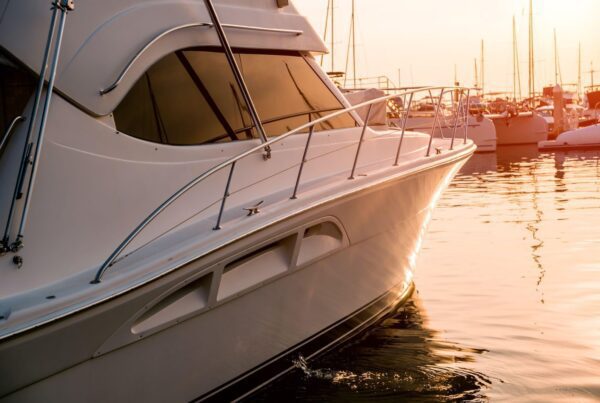The number of people who commute to work by bicycle has risen about 60 percent since 2000. Although using a bike to travel to work is a good way to stay healthy, there are dangers associated with it. Bicyclists can make mistakes that cause them to crash into objects or fall. If they do not have protective gear, they may sustain serious injuries.
If a vehicle strikes a bicyclist, the ensuing injuries may be severe or potentially fatal. Among the fatal crashes that happened in 2012, bicycle crashes made up 2 percent of them. In many instances, drivers who strike bicyclists hard enough to kill them are intoxicated. Most accidents happen during the spring and summer. However, they still happen in the fall and winter.
What Bicyclists Can Do
About 75 percent of bicyclists reported wearing reflective gear at night, and many reported properly following the rules of the road consistently in a survey. These are some important steps for every bicyclist to follow.
Ride with the flow of traffic. Since drivers do not expect to see bicyclists approaching them from the front, they may not know what to do. Also, it is dangerous to turn in front of oncoming vehicles.
Be a predictable bicyclist.When preparing to turn to change lanes for any reason, signal before doing so. Always look before turning or making any sudden moves. Try to avoid weaving on and off the road when there are parked cars, tall shrubs or other vision obstructions along the side of the road. This also creates a hazard for drivers. To be safe, drivers should always pretend that vehicles do not see them and should act accordingly.
Always be prepared to stop. It is important to be prepared to stop at intersections and in front of driveways. Bicyclists should make themselves as alert as possible by avoiding the use of electronic devices.
Watch for swerve-worthy hazards. Pot holes, clutter that falls off of cars, storm grates and uneven surfaces can all cause bicyclists to make the choice between swerving into traffic or hitting the object and falling. If there are bike paths or bike lanes, always ride on them before choosing a public sidewalk or a street. Keep in mind that pedestrians always have the right of way on a sidewalk. In some places, it may be illegal to ride on the sidewalk.
Always stay visible. When there is dim light or no light, wear reflective gear. Drivers cannot always see bicyclists at night. If possible, stay off the road when it is raining and especially when it is raining at night.
Wear a helmet. Although every bicyclist knows this crucial rule, many do not follow it. Some cite comfort as a hindrance of wearing a helmet. Shop around to find one that fits properly. Choose one that is certified, and check for recalls on CPSC.gov.
Never drink before riding a bike. Alcohol impairs judgment and balance, which are both essential for bicycle safety. Do not let party guests or friends who have been drinking ride home drunk. An intoxicated bicyclist can be just as dangerous as a drunk person driving a vehicle.
What Drivers Can Do
Drivers must always be vigilant for bicyclists on the road. Many cities are now adding “sharrows” to the roads. These are arrows that indicate a shared right lane for bicyclists and motorists. When these arrows are present, it is courteous for drivers to use the lane only for making a right turn if there are bicyclists using it. These are some additional helpful tips.
Be a predictable driver. Always use signals when turning or changing lanes. Do not assume that bicyclists can see as well. They may not have mirrors. Keep a safe distance away from them at the rear, side and front. Allow plenty of room for passing.
Avoid using a mobile device while driving. Since bicyclists often travel considerably slower than vehicles, drivers may approach them quickly. Distracted drivers who are using mobile devices may not be able to brake in time to avoid an accident




